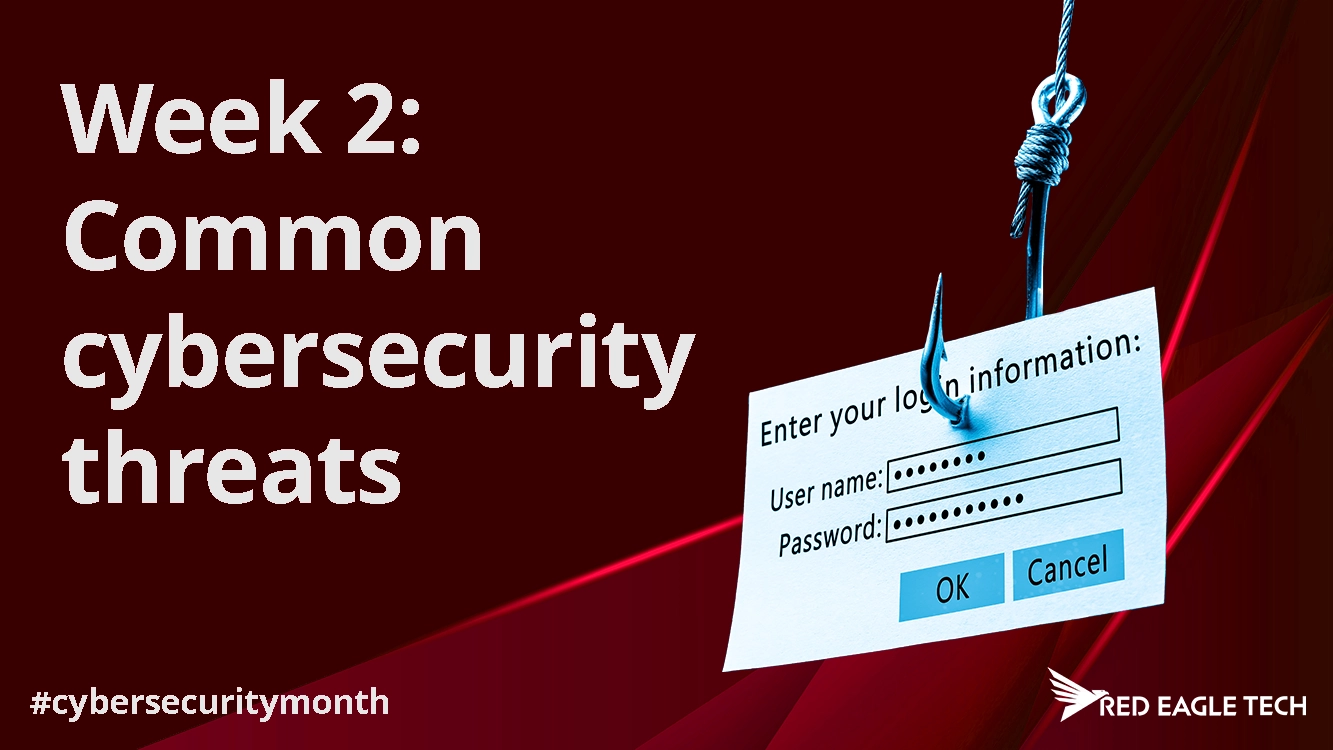
Top 5 common security threats and how to protect your business against them
In the digital age, cybersecurity is more crucial than ever. With increasing reliance on technology, businesses are more vulnerable to a variety of security threats. Understanding these threats and implementing effective protective measures is essential to safeguard your business's data, reputation, and financial health. Here are the top five security threats and strategies to protect against them.
1. Phishing Attacks
Threat overview
Phishing attacks are deceptive attempts to acquire sensitive information by pretending to be a trustworthy entity. These attacks often come through email, social media, or other online communication channels. Phishing can lead to data breaches, financial loss, and identity theft.
Protection strategies
- Employee Training: Educate employees about the dangers of phishing and how to recognize suspicious emails and messages. Regular training sessions and phishing simulations can help reinforce this knowledge.
- Email Filtering: Use advanced email filtering solutions to detect and block phishing attempts before they reach your employees' inboxes.
- Multi-Factor Authentication (MFA): Implement MFA for accessing sensitive systems and data. This adds an extra layer of security, making it harder for attackers to gain unauthorized access.
2. Ransomware Attacks
Ransomware is a type of malware that encrypts a victim's files and demands payment for their release. These attacks can disrupt business operations, compromise data integrity, and result in financial losses. Our IT Operations team regularly helps businesses recover from and protect against such attacks.
Protection strategies
- Regular Backups: Maintain secure and up-to-date backups of your critical data. In the event of a ransomware attack, you can restore your systems and files without paying the ransom.
- Security Software: Install and regularly update antivirus and antimalware software to detect and block ransomware threats.
- Network Segmentation: Segment your network to limit the spread of ransomware in case of an infection. This can help contain the attack and prevent it from affecting critical systems.
3. Insider Threats
Insider threats come from within an organization, either through malicious intent or unintentional actions. These can include employees, contractors, or partners with access to sensitive information who misuse their privileges.
Protection strategies
- Access Control: Implement the principle of least privilege, granting employees access only to the resources necessary for their roles.
- Monitoring: Use security information and event management (SIEM) tools to monitor user activities and detect suspicious behavior.
- Data Loss Prevention (DLP): Implement DLP solutions to prevent sensitive data from being exfiltrated from your network.
4. Supply Chain Attacks
Supply chain attacks target vulnerabilities in an organization's supply network. Attackers compromise less-secure elements in the supply chain to gain access to the primary target. Our Technology Governance services can help you implement vendor management frameworks to mitigate these risks.
Protection strategies
- Vendor Risk Assessment: Regularly assess the security practices of your suppliers and partners.
- Third-Party Access Management: Implement strict controls on third-party access to your systems and data.
- Software Verification: Verify the integrity of software and updates from your vendors before implementation.
5. Zero-Day Exploits
Zero-day exploits are attacks that take advantage of previously unknown vulnerabilities in software or systems. These are particularly dangerous as there are no patches available at the time of the attack.
Protection strategies
- Patch Management: Implement a robust patch management system to quickly apply security updates when they become available.
- Endpoint Detection and Response (EDR): Use EDR solutions to detect and respond to threats that bypass traditional security measures.
- Behavior-Based Security: Implement security solutions that can detect and respond to anomalous behavior, even if it's from an unknown threat.
In conclusion, protecting your business against these common security threats requires a multi-layered approach. By implementing these strategies and staying informed about emerging threats, you can significantly enhance your organization's security posture. Remember, cybersecurity is an ongoing process that requires constant vigilance and adaptation to new threats.
Need help securing your business against these threats? Contact our IT Operations team for a free consultation on implementing robust cybersecurity measures tailored to your organisation.










